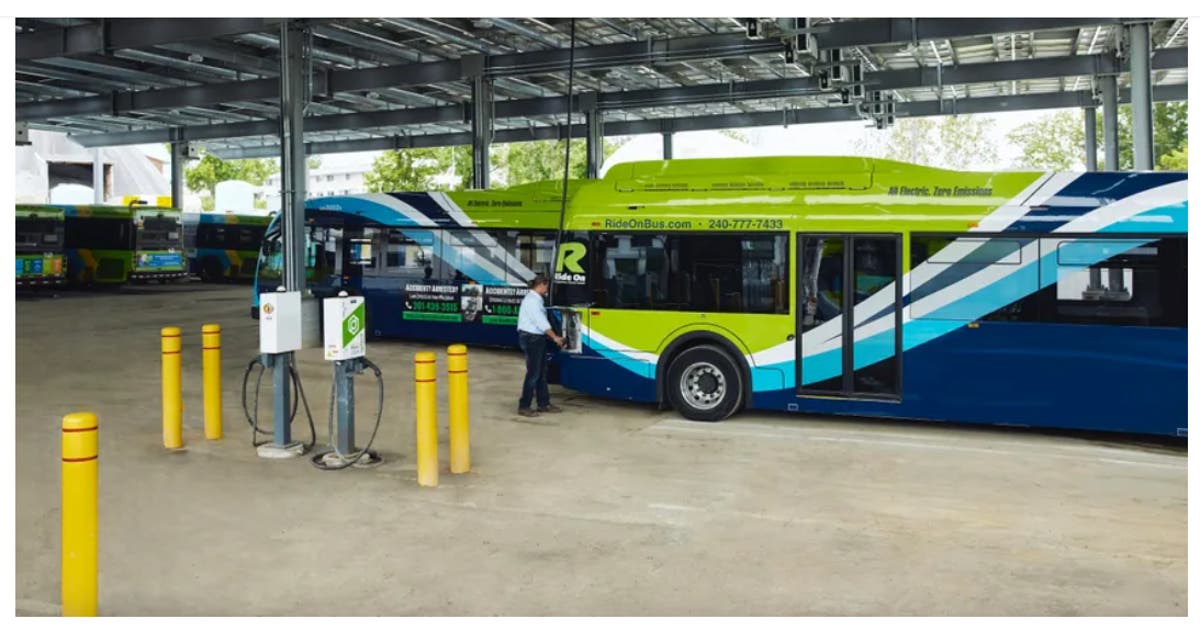It’s simple to believe that not much has changed with cars over the past 70 years. After all, they function similarly and share many of the same fundamental components, including windows, doors, seats, steering wheels, and pedals (they sit on 4 wheels and 2 or 4 of them get power from the engine through a transmission of some kind). So, in some ways, we’re just continuing on with business as usual, only now we’re using electricity instead of internal combustion, correct?
Not really. Although the fundamentals are largely same, minor adjustments might add up. Just in terms of engines, current fuel-injected variable valve timing, DOHC, turbocharged computer-controlled pieces of technical art can transport heavy cars hundreds of miles further for every gallon burned, whereas earlier models had awful efficiency and produced very little power. And that’s before taking electrification and EVs into account. The fundamentals haven’t changed, but every tiny detail has.
I recently watched a movie on YouTube that very graphically illustrates this idea. It’s hardly the kind of tale that clean technology sites would typically convey. A talented and committed individual invested more than $200,000 to revive a vintage Mercury Comet. To prevent the deaths of the people he cared about, he upgraded the seat belts to five-point harnesses and created a 1,300 horsepower supercharged engine for the car. But the vehicle had too much power.
In essence, a 1960s car was modified to reach Tesla-like power levels, but the majority of the remainder of the car was just lightly restored or upgraded. The brakes weren’t factory-installed 1964 brakes because those would have been even worse drum brakes. Although they were relatively tiny brakes that hadn’t been looked at in a while, they had been updated to disc brakes. However, even rather ineffective disc brakes ought to be able to stop a car eventually.
WHY THE BRAKES FAILED The issue they encountered was that the old brakes had to constantly struggle with the motor, which is abnormal. When you let up on the gas, the engine practically idles at 2200 RPM due to the accelerator sticking. A 1,300 horsepower engine can drive a torque converter and accelerate a car to 40 miles per hour when it is idle at high RPMs. In order to prevent the car from driving away on the city street where they planned to take rolling shots, the driver had to repeatedly press the brake pedal during the test drive.
Let’s briefly discuss how brakes function. Energy can change forms, according to the First Law of Thermodynamics, but it cannot be created or destroyed. Therefore, all of that energy of the moving vehicle is turned to heat when you use the brakes (on a car without regenerative brakes) because of all the friction. As long as you are not constantly adding heat to the brake system, the heat gradually dissipates from the metal of the brakes into the air.
No matter how good they are, brakes will eventually overheat if they are used continuously over long distances. Because of this, mountain highways often have runaway truck ramps, and park rangers will check your car’s brakes on the way back from Pikes Peak (to catch the people who didnt know how to downshift, and keep them from killing themselves). Under that kind of abuse, even high-performance brakes would eventually fail, and that’s exactly what happened.
They could smell the brakes burning up before the accident even happened, indicating that they were already getting too hot. The best course of action at this time would have been to turn it off, summon a tow truck, and get the throttle and brakes checked out to avoid any further harm. However, they reasoned that since they had only traveled a few kilometers, everything would be OK.
The brakes were useless as they reached that final light. Although they don’t specify, the failure was probably caused by boiling brake fluid, which rendered it useless for applying hydraulic pressure to the brake pads. Surfaces that should ordinarily be rough may have been glazed or smoothed away by melting (which emits the smell they detected). No matter how firmly you press the pedal, the brakes were no longer able to stop the car due to these factors.
What transpired subsequently demonstrates another another fundamental shift since 1964: collision safety. The car had five-point harnesses, but the guys decided to drive on what they believed to be a low-speed street while only wearing their lap belts. Thus, the impact of their moving bodies broke many teeth, necessitated 30 stitches, and seriously damaged the driver’s elbows. The passengers’ faces also crashed HARD into the metal dash of the car.
HOW A NEW VEHICLE WOULD HANDLE THIS I’m not posting this video to bash anyone’s hobbies or to make fun of them. It’s enjoyable and not at all a horrible hobby to restore antique cars. Even while a 1,300 horsepower gas-powered car isn’t likely to be eco-friendly, very few people drive them, and the effect of hobbyists playing with gas cars won’t ever amount to more than a rounding error in the calculus of pollution or climate change.
What we can take away from this is to be appreciative of how far cars have come since 1964.
How would this go in a vehicle like a Model S from Tesla? For starters, the car’s regenerative braking system would prevent the brakes from overheating. Additionally, because the throttle is digitally controlled and the system has redundancies, the car’s throttle would not jam and cause the idle to rise too high. In that situation, there is also an emergency brake to stop it.
However, the technology would add one more level of protection for you in the event of a collision. Modern vehicles frequently use automatic emergency braking to avoid collisions or slow down. Crumple zones on more recent autos help to absorb most of that energy. They have airbags to prevent it from happening as well as softer dashboards that wouldn’t damage a face as badly. Additionally, shoulder belts will prevent you from even flopping forward in that manner. Such a crash would leave the car far more damaged, while the people would be either unhurt or significantly less hurt.
In general, modern EVs are a more safer vehicle for you and your loved ones to travel in. Even if it sometimes doesn’t seem like anything has changed in life, we should be very grateful for all the progress that has been done.
The difference can still be seen when comparing a 1998 car to a 2015 car, even if I am aware that this is comparing a 1964 car to one produced in 2022. In this video, you may learn more about that:
by ANCAP, featured image (government agency).
Do you value the unique reporting and cleantech news coverage on CleanTechnica? Consider becoming a patron on Patreon or a CleanTechnica Member, Supporter, Technician, or Ambassador.







